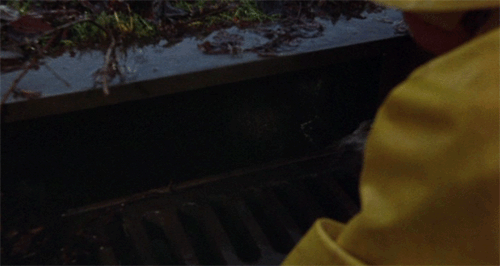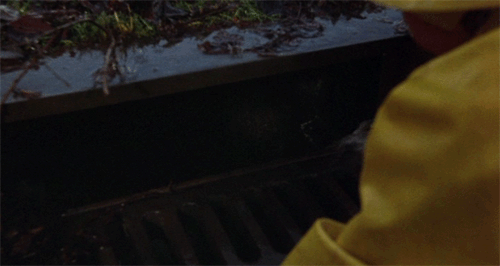Imagine traveling inside your eye, just like a miniature version of a little person drilling down toward the center of the earth.
This seems like a really good analogy as you penetrate through the exterior shell, called the sclera. This is like the crust of our planet, with a firm exterior that ultimately leads to something gooey on the inside, once you get past that relatively thin outer layer.
The sclera is what gives you the white of your eyes, and it’s also what gives your eye its shape. Think of holding a bag of jelly in your hand. Now, imagine a tight, roughly spherical plastic bag holds it all in, and you have some idea of an eyeball. Push on that bag and it resists; drop it and it retains a roughly spherical form.
Drilling past the sclera, you enter the vitreous chamber, where all this goo lives. It’s mostly water, but there’s some collagen and other stuff that act like Jell-o mix to give some firmness to the liquid.
Light can pass right through this liquid, yet it’s firm enough so that your eye stays protected enough (mostly) to do an activity like jiu jitsu.
If you’ve ever seen an eye floater, you’ve seen some of that collagen floating around in your goo-bag. I’ve seen more of these over the last few years than during any other previous time in my life, and that’s no coincidence.
As you age, your vitreous humor—that goo inside that chamber I mentioned—starts to liquify. If you’re younger, there’s a lot of collagen fibers that are spread out through the gel, and you don’t see them due to their even distribution. As the liquification happens, the collagen fibers clump together and… well, float.
You don’t really see the collagen, though! The fibers are transparent, so they don’t block light in isolation. However, if a bunch of them are clumped together, they can cast a shadow on the retina, where visual information gets processed. We then see the shadows of these floaters, and then go crazy following them around for a day or two.
Then, hopefully, we kind of start to ignore them. This is a testament to how incredible the human brain can be, since we kind of just reprogram it to ignore new visual inputs.
You can read a bit more about how our brains trick us here:
What do these things (floaters) look like for you? I’ve seen strands of thread, small balls, and something akin to a translucent gnat flying around in there. How about you?






I had a couple floaters emerge two years ago. Drove me nuts and then, yes, you get used to them and fill in around them.
Welp, I'm not sure what to make of this "Serial Killer's Detailed Field Notes" Andrew, but I'll allow it.